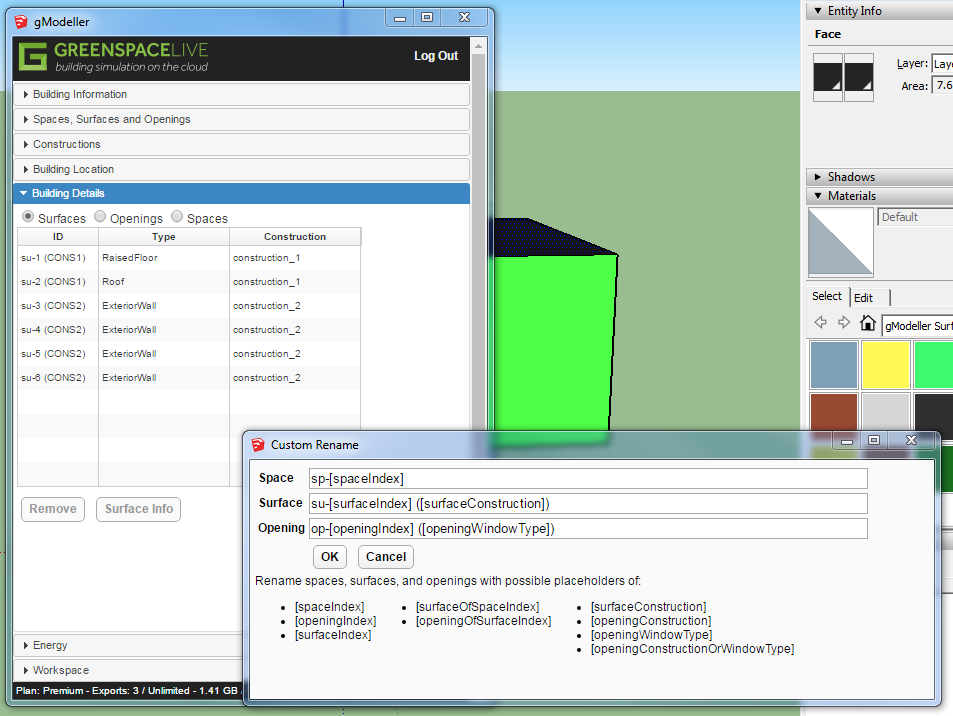Who will use ECCOlab?
Architects, Engineers, Cost Consultants, Environmental & Sustainability Consultants, Contractors, Developers, Estate Managers and other Construction Industry Professionals.
A de-facto standard for their projects or for use by in-house teams during the project appraisal stage. Open data formats will encourage suppliers and manufacturers to enrich the databases.
Why will they use ECCOlab?
Graphically rich (input and results), clear workflow (inputs to results), audit trail, facilitates optioneering and optimisation, performance-based analysis, strong support for collaboration and interoperability, innovative e-business models.
What will they use ECCOlab for?
To estimate and optioneer on capital and lifecycle cost, carbon and energy performance
When will they use ECCOlab
RIBA stages 0 – 5 with good interoperability with downstream tools.
